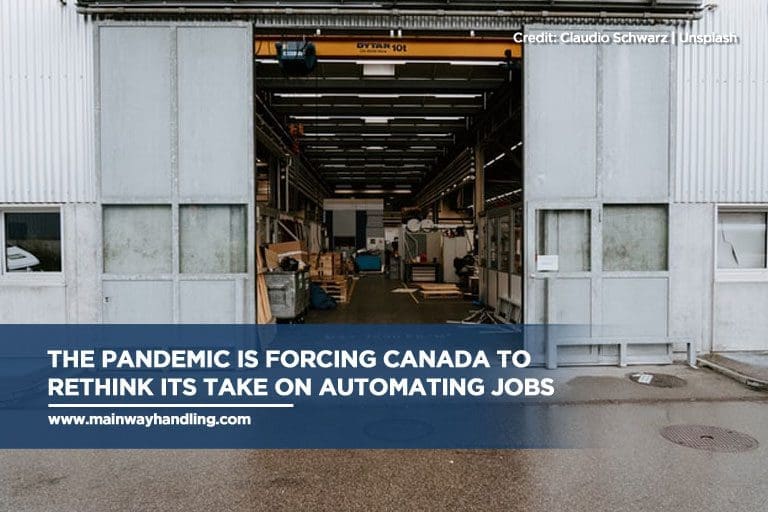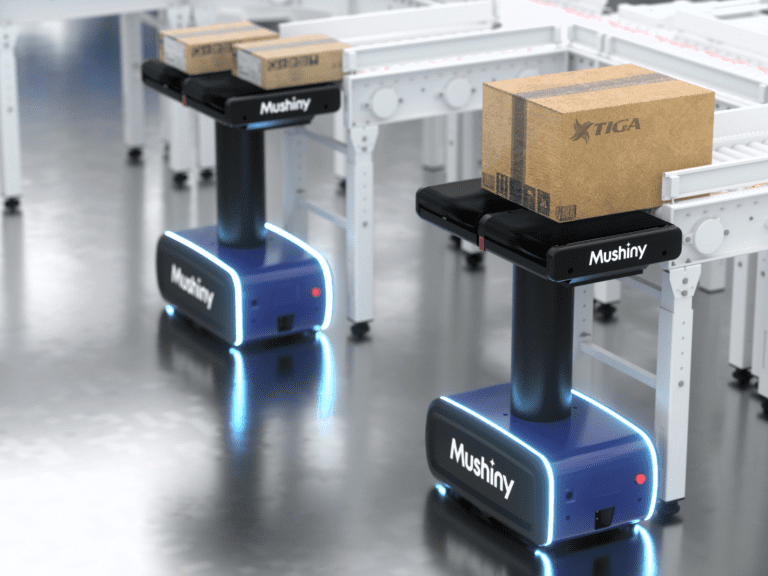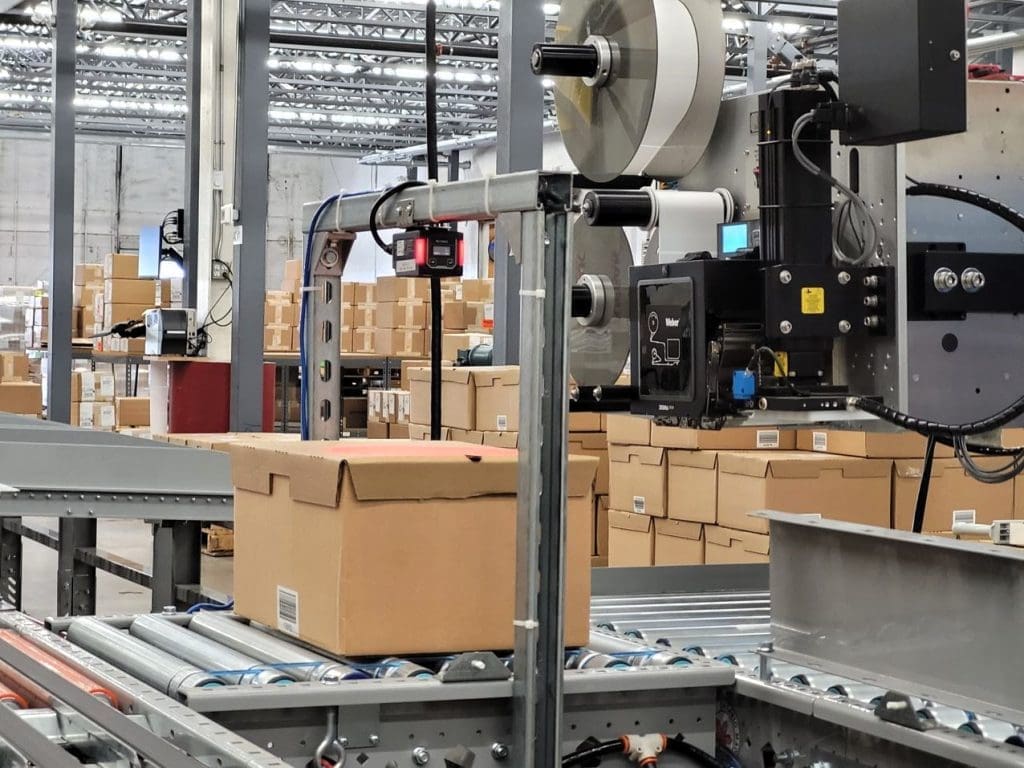Technology has helped in making our lives more convenient than before. Over the last few decades, human labour and technology have been coexisting to provide better products and services to the public. But in the future, much of the human labour market might be automated with the latest technology with the aim of providing an easier and more convenient workflow.
In Canada alone, 1 out of 5 workers have jobs that could be automated in the future. Projections say that employment in these kinds of occupations will drop at around 90,000 in 2028. Jobs slightly vulnerable to automation consist of nearly 40% of the employment. In 2029, this percentage will dip to 37%. These projections tell us that the labour market is adapting to technology and there’s no other way but forward.
What Is Automation?
Automation is defined as the use of technology to produce goods with little human intervention. This means that machines and robots will take over some of the work that humans are capable of doing. Manual labour is replaced by machines. These robots come in different shapes and sizes that help in bringing quality products and services in all levels and quantities to the general public.
Along with automation comes the use of artificial intelligence or AI and machine learning. AI is a form of automation that uses science to make machines to solve problems and create decisions. It uses a load of datasets to carry out the process. On the other hand, machine learning is a branch of AI that uses data and algorithms to copy how humans learn.
Businesses benefit greatly from automation, as it:
- Saves time and costs
Machines can do the work at a much faster pace than humans. Aside from that, companies can spend more on machines than spending on labour. When some of the processes are automated, the employees can do other tasks that machines can’t to ensure a better workflow.
- Ensures minimal errors
Machines are programmed to do repetitive tasks with little to no errors. When humans make a small mistake in a task, it could result in huge losses for the company.
- Increases productivity and efficiency
Let’s face it. Humans get tired and when they do, productivity and efficiency wane drastically. With machines, the work keeps going and productivity is maintained.
- Facilitates a standardized process
Machines create a standardized process that brings little to no errors. It can be a little messy when people create processes and don’t agree on a single method. This delays the work and affects the productivity and efficiency of business operations.
Automation in Canada: An Overview

Technology has helped us simplify work processes and slightly work our way out of poverty. And now that robotics is beginning to go full swing, it can make a huge change in Canada’s labour market.
A study by the C.D. Howe Institute suggests that Canada is slowly opening up to automation since a chunk of its employment relies on industries that need little automation. The jobs that are at high risk of automation are only at 310,000. With automation, some of the technical tasks are handled by robots. Academic institutions should continue to provide opportunities for education and life-long learning as the country prepares to make a full transition to automation.
With several job losses due to COVID-19 pandemic in Canada, the labour market might be also geared towards automation to lessen virus transmissions between people. COVID-19 and future pandemics can make employers lean into automation to replace workers with robots. Since robots are immune to diseases, employers won’t have a hard time carrying out operations while delegating other tasks to human workers.



Where Robots May Take Over (And Where They Won’t)
At the rate technological updates are going, it won’t come as a surprise that robots are slowly taking over some of our jobs. These intelligent robots can do routinary and repetitive jobs with minimal error. If companies want to save money in the first place, using robots in almost every aspect of operations could be a good option.
While complete eradication of human labour is still a far cry from reality, robots may take over humans in jobs such as:
- Factory workers

In factories, one error in a product is a huge waste. With robots working in factories, human error is almost prevented since these machines know how to make copies of a single product seamlessly through programming. Examples of robots working in factories include:
- Autonomous mobile robots (AMRs), such as Exotec’s Goods-to-Person mobile robots used in their ASRS Skypod System
- Collaborative robots
- Lights-out manufacturers (factories with no human labour, at all)
- Vehicle drivers
While still in development, self-driving cars are becoming a hot topic. Soon enough, vehicle drivers, especially in taxis and buses, will be replaced. Right now, self-driving vehicles are being tested and their safety is still up for debate.
Analysts predict that 8 million autonomous vehicles will be shipped in 2025, with uses ranging from autonomous ride-sharing and autonomous shuttles riding along learned paths to self-driving delivery trucks that communicate with other trucks to ensure road safety.
- Customer service executives
The customer service industry is a physically and emotionally taxing job for humans. You deal with customers who can be rude to you for the smallest of reasons. With robots, every question can be answered with a recorded response. Robots don’t need emotions to carry out these kinds of tasks.
- Receptionists
Hotels and other establishments with front desks are now slowly adapting to technology. Robots can handle hotel bookings and even food orders in bulk in the future.
- Proofreaders
Good grammar is an essential component in writing to make your message clear and impact millions. There are many proofreading websites powered by AI that can give you suggestions to correct your grammar as quickly as a few seconds. The only thing these sites do for now is detect grammar and sentence construction mistakes. Editing is still in the hands of a human editor.
- Data entry

For so long, humans have been doing data entry in a number of industries, such as bookkeeping. There could be some unintentional mistakes in data entry that robots can completely avoid in the future. This is achieved through robotic process automation (RPA), which automates certain stages of the process, facilitating humans to make considerate and intelligent decisions during the manual data entry cycle.
- Doctors
Robots are now being used to assist doctors in surgeries. Soon, they could take over surgeries and other healthcare procedures with minimal intervention from its creators. Robots will soon be able to give effective and accurate treatments than humans.
However, robots can’t dominate every part of business operations. Their functions are only limited to mechanical tasks that can be repeatedly done. These are the jobs working robots can never do:
- Human resource managers
The rational part of the human mind is what makes human resource managers excel in their jobs. HR managers need to be balanced and think about what benefits the greater part of the workforce than the interest of one person.
- Lawyers

The complexity of law is something that only humans can handle. The legal profession revolves around interpretations, and meanings can change depending on context. Only humans so far have the capacity to handle the ebb and flow of legal issues.
- Chief executives
Chief executives have to deal with a wide range of operation duties that robots can’t do. They also have to manage the company’s resources and make business decisions that are beyond the scope of robots.
- Graphic designers

This job requires both technical and creative skills. Graphic designers have to balance the design and technical aspect of each template they’re making.
- Psychiatrists
The compassion psychiatrists have is beyond compare. Robots can’t exercise compassion since these are only limited to doing technical processes. Psychiatrists also deal with the complex issues of patients that need medical intervention.
- Scientists and software developers
Of course, robots wouldn’t exist without scientists and the software used to make these pieces of metal function. They are the brains behind everything. Robotics engineers won’t have to compete with machines when it comes to creation from scratch and other kinds of jobs.
Man and Machine Together In The Future—Is It Possible?
There is no denying that technology has made our lives and work processes so much easier. You’ve seen it in science fiction movies where robots and humans end up destroying each other. In the context of real-life work, that may sound like a far-fetched idea. Right now, humans, AI robots, and other robotic machines have been working closely with each other.
- In Amazon, machines help out in carrying items from one place to another. Humans do the packing and sorting, so the human workforce is not completely obliterated. The machines curb the walking time workers have to do when transporting deliverables from one warehouse to another.
- The popular house rental service Airbnb is also using an AI robot to turn hand-drawn sketches into source codes. This aims to create a more efficient product development process and they’re letting machines be familiar with it. Standard hand-drawn components of the company would be used for machine recognition.
It is possible for humans and machines to work together. We are heading towards that kind of highly technological future, but it doesn’t mean that human labour is dispensable as it is. Jobs in robotics will become popular in the future as robots will get more advanced.

Be a business of the future. Begin by automating your processes. Mainway Handling Systems can help by providing conveyor design systems, material handling, and system integration. Reach out to us and email sales@mainwayhandling.com to learn more of our warehouse automation services.





Comments are closed